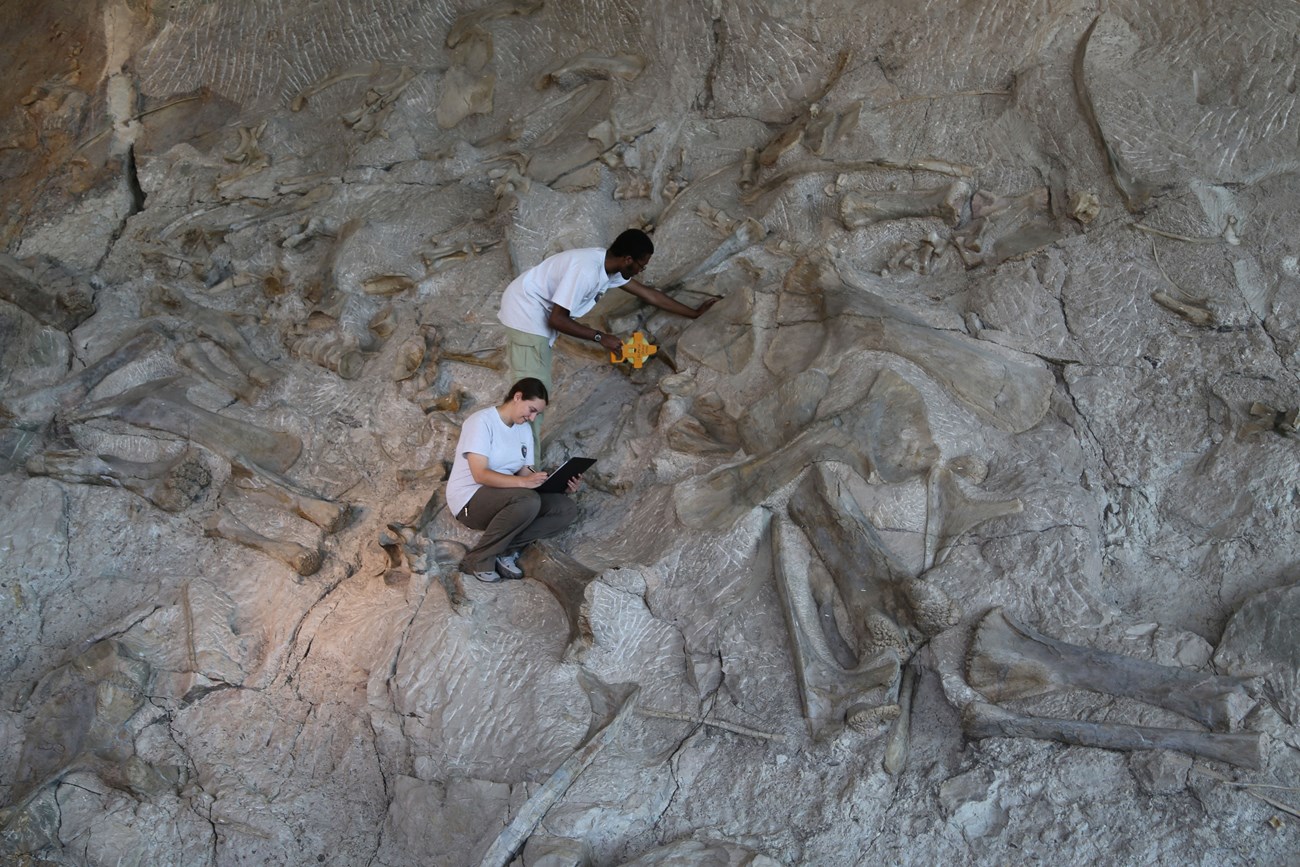Part of a series of articles titled Fundamental Geologic Principles.
Article
Geologic Principles—Organic Extinction

For more than 300 years, naturalists have recognized that fossils are the remains of once-living plants and animals. They postulated that formerly existing species were no longer living; that is, they had become extinct. However, the idea of extinction took a while to be proven to the satisfaction of most people. The chief reason was that the best known fossils were marine invertebrates. These are certainly as good as terrestrial organisms to demonstrate extinction, but at the beginning of the 19th century little was known of life in the oceans. Mindful of the very real limits of their knowledge, naturalists of the time hesitated to suggest that certain marine animals represented by fossils no longer existed anywhere on Earth (Eicher 1976); an organism might still be living in some deeper, unexplored part of the ocean.
Following the lead of William Smith's work on faunal succession, George Cuvier (1769–1832), a French zoologist, worked out the stratigraphic sequences of terrestrial vertebrates and marine invertebrates in the strata of the Paris Basin. In 1812 he showed conclusively that many fossil vertebrates have no known living counterparts, and people agreed that it was highly unlikely that such big land animals would go undiscovered (Eicher 1976).
Like William Smith, Cuvier recognized distinctive fossils, but he emphasized the changes in them over time. As Cuvier carefully worked out a succession of different faunas in the strata of the Paris Basin, he noted that the younger deposits contained creatures more like those of the present day than did the older deposits (Eicher 1976). Therefore, in addition to proving the extinction of species, Cuvier demonstrated that each changing sequence of faunas represents a particular time in the geologic past.
Last updated: September 27, 2018
